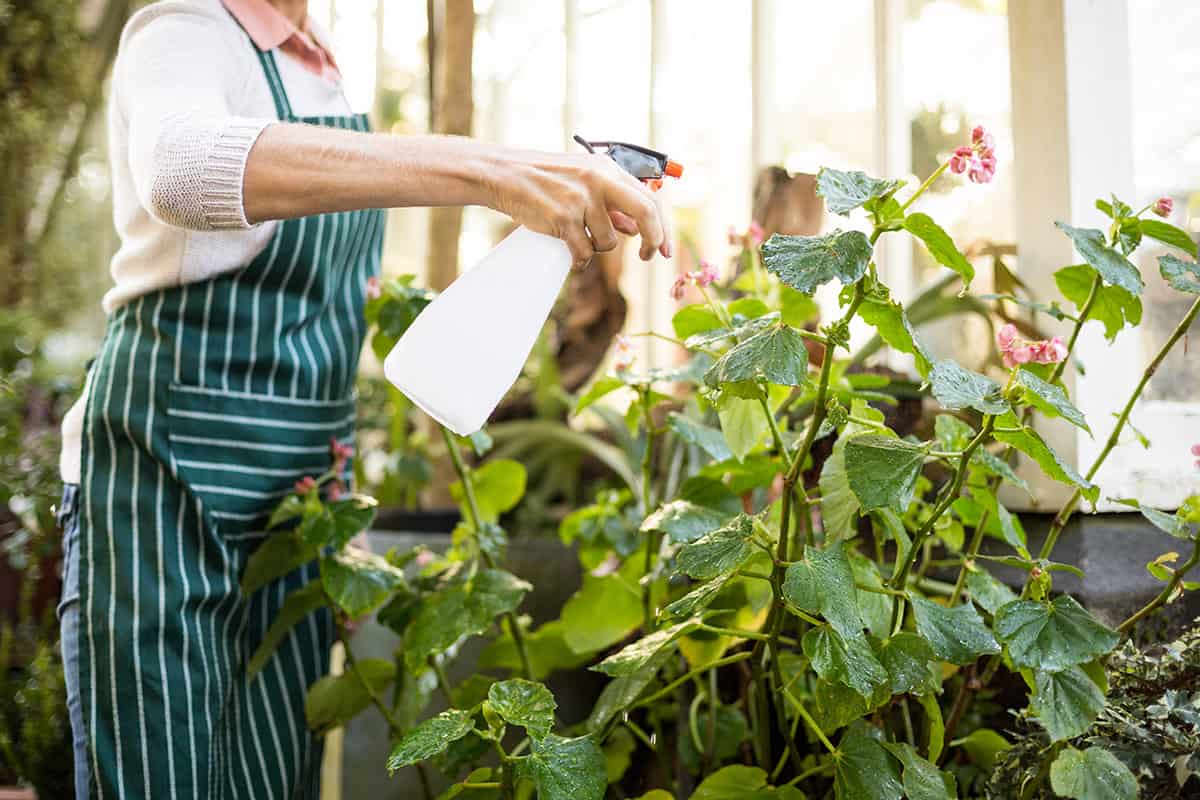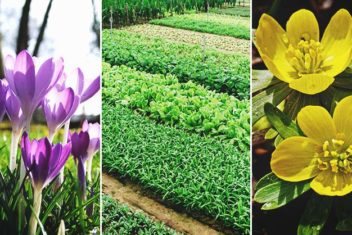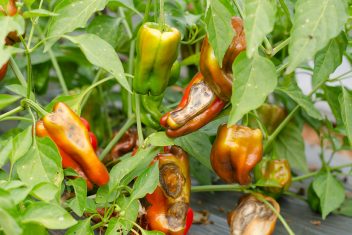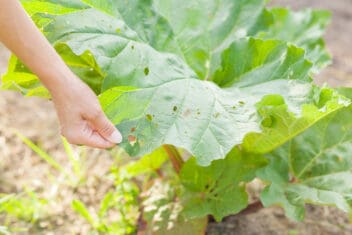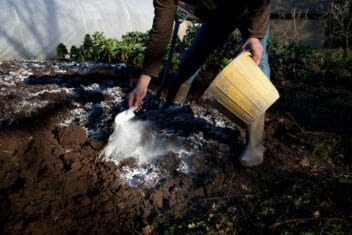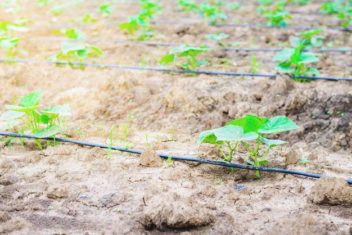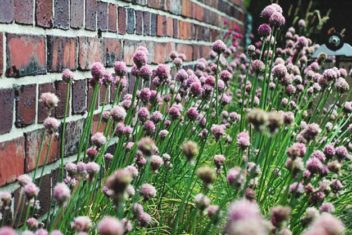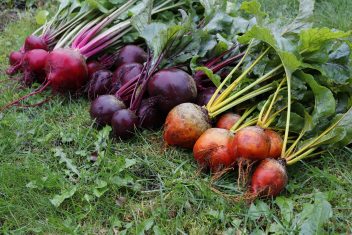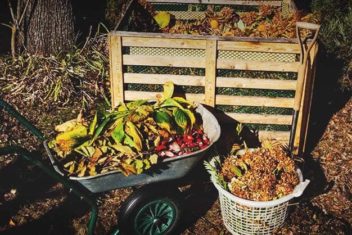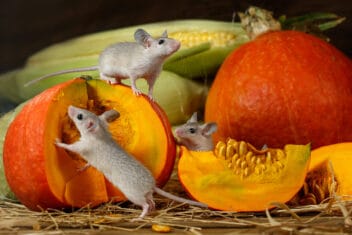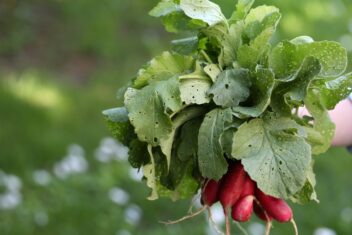Many people are unfamiliar with foliar feeding, but it really is a great way to get added nutrition to your plants.
While most gardeners only feed at the soil, feeding a plant through its leaves has advantages. This is especially true for stressed plants or ones that are lacking in a single nutrient.
Let’s take a look at what it’s all about, and how to put it to best effect.
What is Foliar Feeding, Exactly?
The easiest way to explain it is by comparing foliar feeding to skincare. We know that our skin will be healthy, glowy, and dewy if we eat the right foods and get plenty of water. That said, it’ll be even healthier, balanced, and happier overall if we moisturize it regularly.
Furthermore, anything absorbed through our skin will make its way into our bloodstream. From there, it will travel into the gut, as well as bones, cartilage, etc.
Plants are the same way.
Yes, they absorb oodles of nutrients through their roots, drawing them up and dispersing them through the entire plant body via the xylem and phloem. That’s not the only way they can draw in nutrients, however. Much like our own skin, plant foliage also absorbs nutrients.
By feeding plants’ aerial parts as well as their roots, you’ll be nourishing them from top to bottom and all the way through.
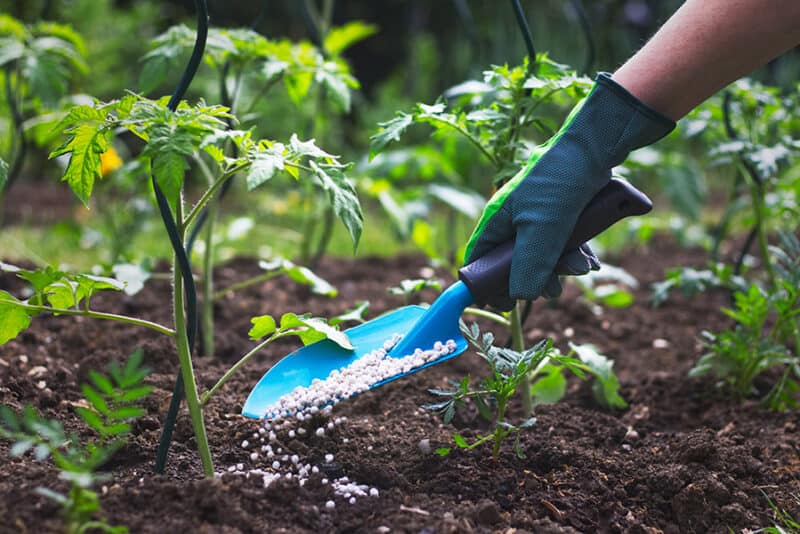
How Does it Work?
As mentioned, plant leaves are porous and absorb nutrients the same way our skin does. Another way to think about it is like when we dissolve medications beneath our tongues, rather than just swallowing them.
Depending on the medication, it can get into our bloodstream much more quickly than slorping its way through our entire digestive tract and then circulating through our bodies. Examples of this include nervines and heart medications (like nitroglycerin) and certain sedatives and anxiolytics, like benzodiazepines.
When it comes to plants, the major nutrients they need are nitrogen (N), phosphorous (P), and potassium (K). This is why almost all commercial fertilizers will have their N-P-K ratios printed on their labels. These are the building blocks for plant health and are needed in different amounts by various species.
The same goes for magnesium. If you find that your plants are yellowing badly, do a soil test to determine magnesium levels. You may have to work some Epsom salts in there to ensure that they’re getting the magnesium they need.
Additional Nom Noms are Needed
All of that said, your plants also need other nutrients to keep them healthy, such as zinc, calcium, and iron.
Here’s the tricky part: the aforementioned N, P, and K are best absorbed through the plants’ roots, but iron, zinc, and calcium are more easily absorbed through the leaves. This is because they’re trace minerals, so they’re in much lower concentrations in the soil, as well as in standard fertilizers.
These are the nutrients that you can spritz onto your plants’ leaves by way of foliar feeding.
What Should I Use for Foliar Feeding?
Well, since you’re going to be applying this in liquid/mist form, it’s best to use a liquid fertilizer. You can use a commercial-grade liquid fertilizer, or you can brew up a batch of your own.
Personally, I love to foliar feed with a compost tea that I make with a mix of vermicompost (worm!) castings mixed with water and a bit of molasses. If my wormy friends haven’t created enough poop to brew into fertilizer, however, then I buy a good liquid fertilizer instead.
In fact, there are liquid fertilizers that are specially formulated for foliar feeding. If you can get your hands on one of these, great! Otherwise, dilute the liquid fertilizer at a ratio of 1:10 of fertilizer to water.
You can also try comfrey tea if your plants are showing signs of nitrogen deficiency. Think of this as a diluted green smoothie, but for your plants. Basically, take a couple of handfuls of fresh, healthy comfrey leaves and toss those in a blender. Fill the rest up with water, and liquefy the lot.
Then strain out the chunky bits and dilute it at the same 1:10 ratio for a nice foliar feeding shower.
Tools Needed for Foliar Feeding
So, here’s a tip that others might not cover when it comes to foliar feeding techniques: get yourself a paint sprayer.
Seriously.
Those hand-held pump sprays are nice and all, but are only useful if you just have a few potted plants on your balcony to tend to. If you’re cultivating a large garden space, do yourself a favor and get a paint sprayer.
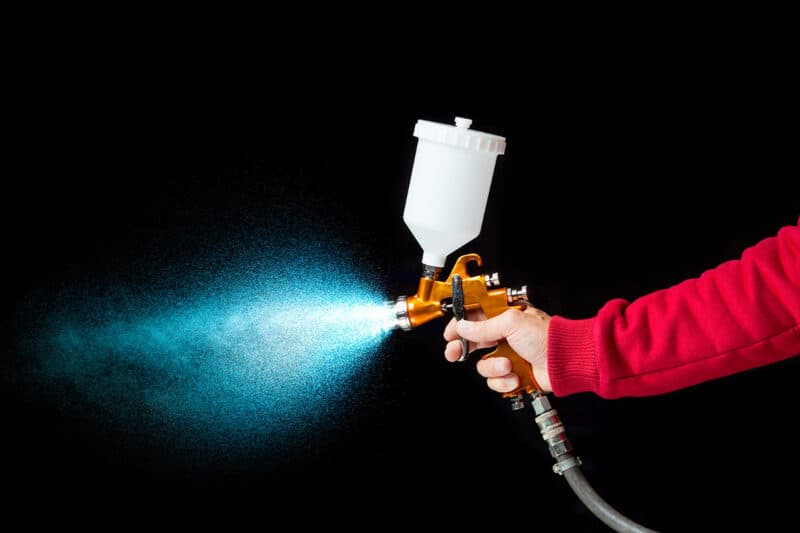
You’ll be able to hose down large areas and lots of plants without your hands aching or going numb.
Aim for a sprayer that has a mist option, as this is ideal for fine particle distribution. Oh, and consider adding a couple of drops of horticultural soap or oil to the liquid you’re hosing your plants with. Believe it or not, this allows the nutrient-dense spray to adhere to the leaves for better absorption.
*Note: Remember to get the undersides of the leaves too!
When and How to Feed This Way
Just as important as knowing what to offer your plants via foliar feeding is knowing when to feed them. For example, you should only foliar feed flowering plants during their vegetative state. Once the plants start to bud, the nutrients offered topically can actually do more harm than good.
Similarly, if you’re using foliar feeding to fend off issues like blossom end rot in tomato or squash plants, then only spray topically when the fruits are tiny. After that, it’s better to drench at the root level every week to add extra calcium.
Try to spray either first thing in the morning, before the sun rises completely, or in the late afternoon/early evening as it’s setting. Remember that liquid droplets can act as mini magnifying glasses.
The sun’s rays are necessary for healthy plant growth, but they can do unbelievable burn damage to the leaves and fruits when magnified through all those droplets.
How Often to Feed
This really depends on what you’re growing, your plants’ overall health, and the growing conditions.
For example, when my partner and I were cultivating a garden in the very hot, dry Sierra Nevada mountains, we did foliar feeds a few times a week. We watered the plants at the root level every morning and evening and gave them root-level fertilizer weekly.
This was because the arid environment made liquids evaporate quickly, so the plants often didn’t have enough time to suck up all the nutrients they were being offered.
In contrast, the conditions where I’m homesteading here in the Quebec Laurentians are very different. It’s cool and damp here, and the plants that thrive best in these conditions are very hardy. As a result, I only do foliar feeds every couple of weeks and/or if some plants look as though they’re doing poorly.
Make a note of the following factors:
- General daily temperatures
- Arid or damp conditions
- Species being grown
- Whether foliar issues need to be addressed (such as deficiencies or insect damage)
Then gauge your feeding cycle accordingly.
If you’re in a hot, dry zone where your plants are prone to wilting, feel free to give them a foliar feed boost every 4 days or so. In contrast, if the locale is cool and damp, you may only need to feed this way if your plants start looking peaky.
Potential Problems
As mentioned, some people make the mistake of doing their foliar feeding once buds are developing and/or opening. This can create damp conditions inside flowering heads, and they might rot and fall off instead of developing into fruit. That will undo so much hard work; it’s not even fun to think about.
Speaking of damp, many people can also get overly enthusiastic about how much they’re hosing down their plants. Aim for a light misting and stop as soon as you start to see the liquid particles start to edge together and dribble a bit. They shouldn’t be soaked and pouring.
Drenching them like this can do more harm than good, as it can create the types of environments where soil-borne pathogens can flourish. Once again, think of this like gently moisturizing your own skin: you’re aiming for a thin coat that will create a healthy glow, not slathering with a trowel.
Depending on the nutrients that you’re offering, you may also find that you’re saturating the plants with too much of a good thing.
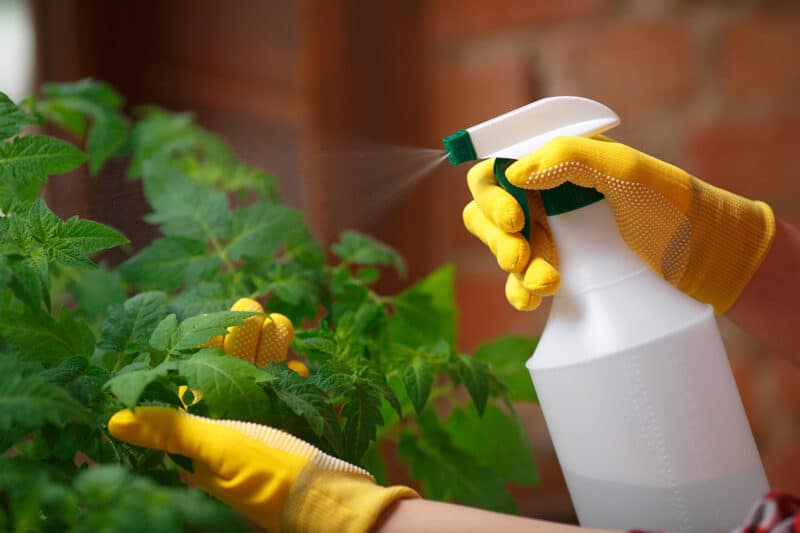
For example, if the liquid fertilizer you’re using for foliar feeds is high in nitrogen, your fruit-bearing plants may pour all their energy into creating foliage rather than fruit. Lush tomato plants look great, but they won’t be much good if they’re only creating piddly little edible offerings here and there.
Similarly, hosing down your spinach, chard, and kale with a fertilizer that’s high in phosphorous won’t do much good.
Do your research to determine what your various species need most of, and feed them accordingly.
